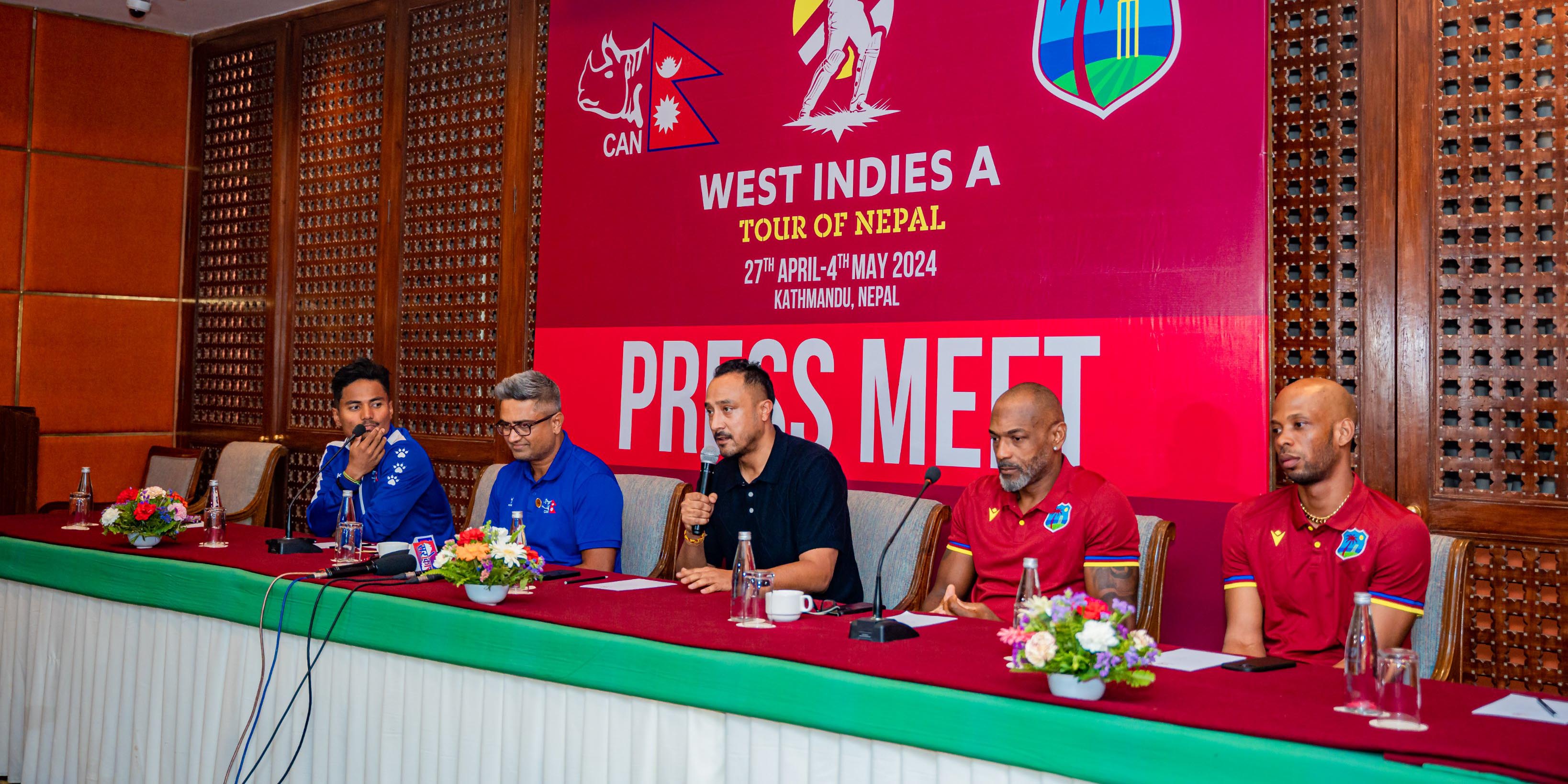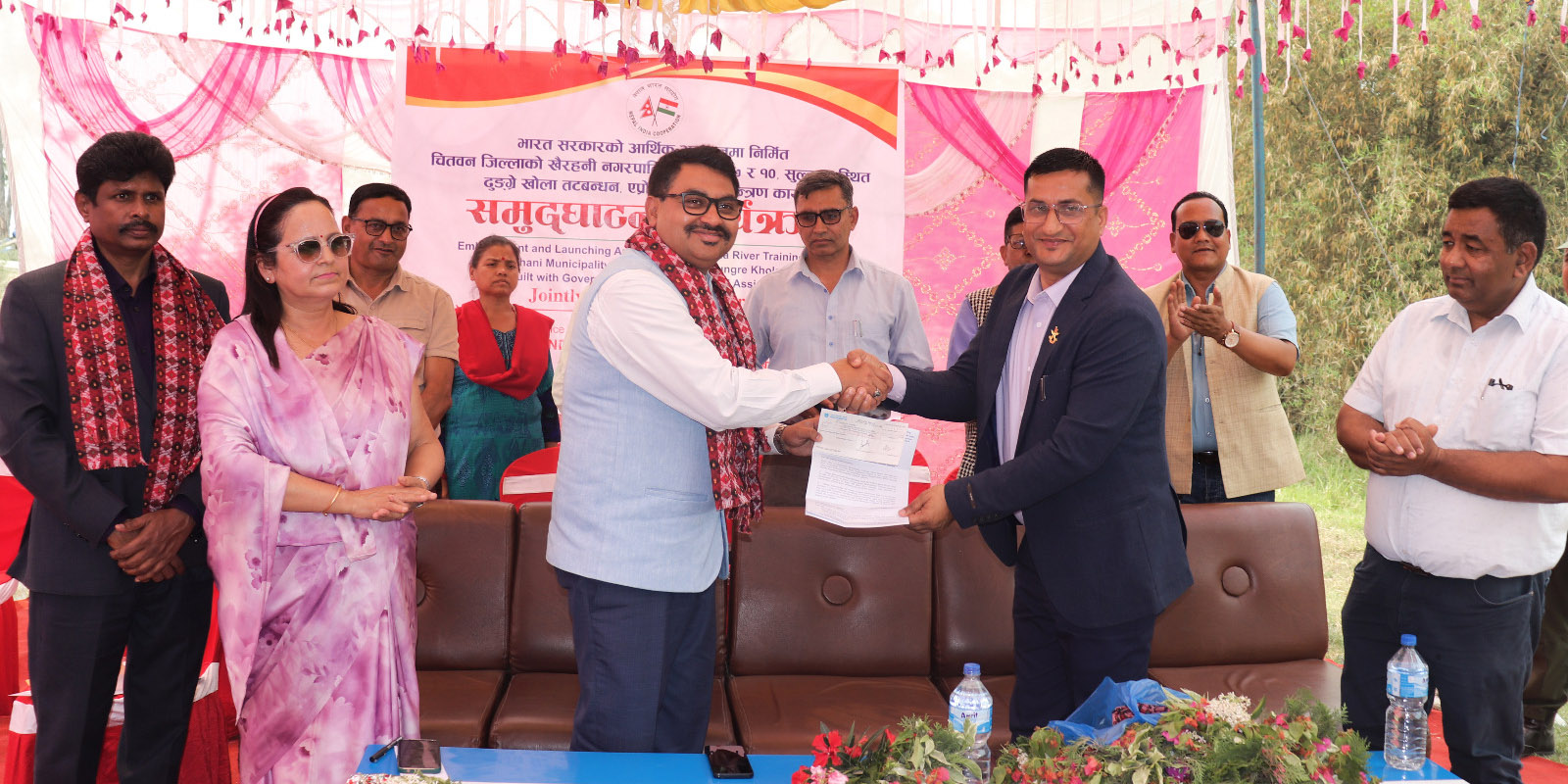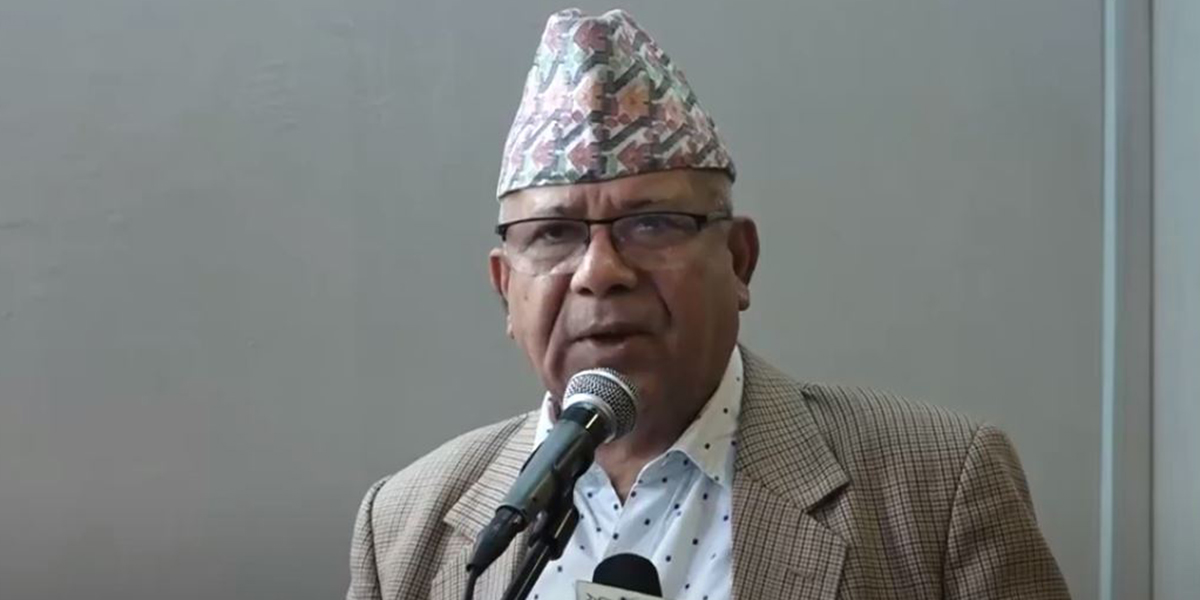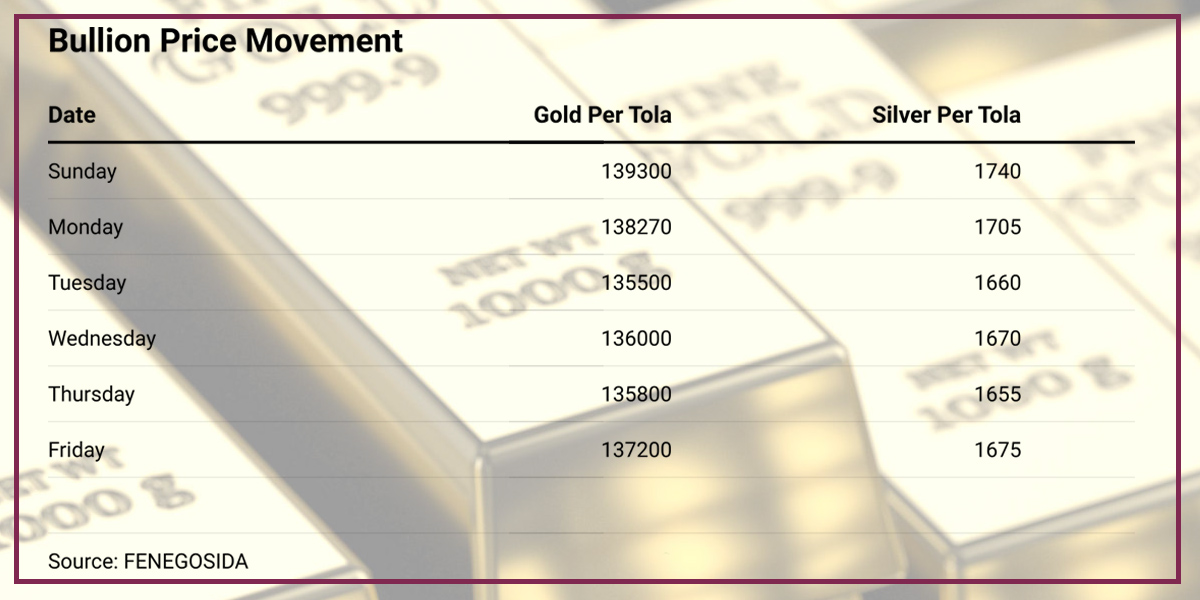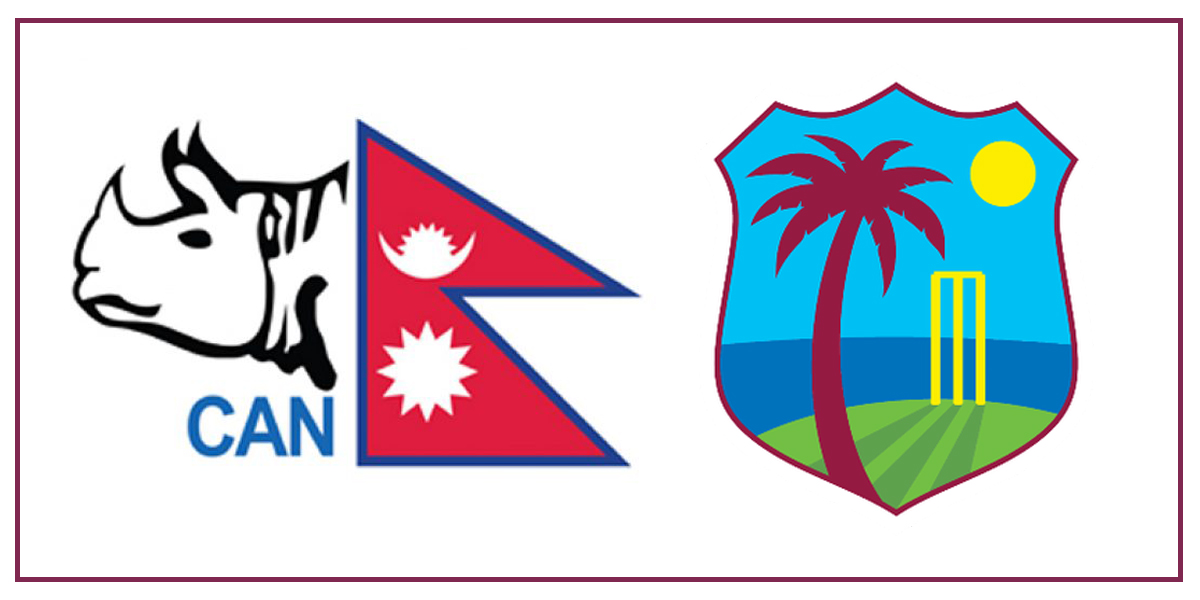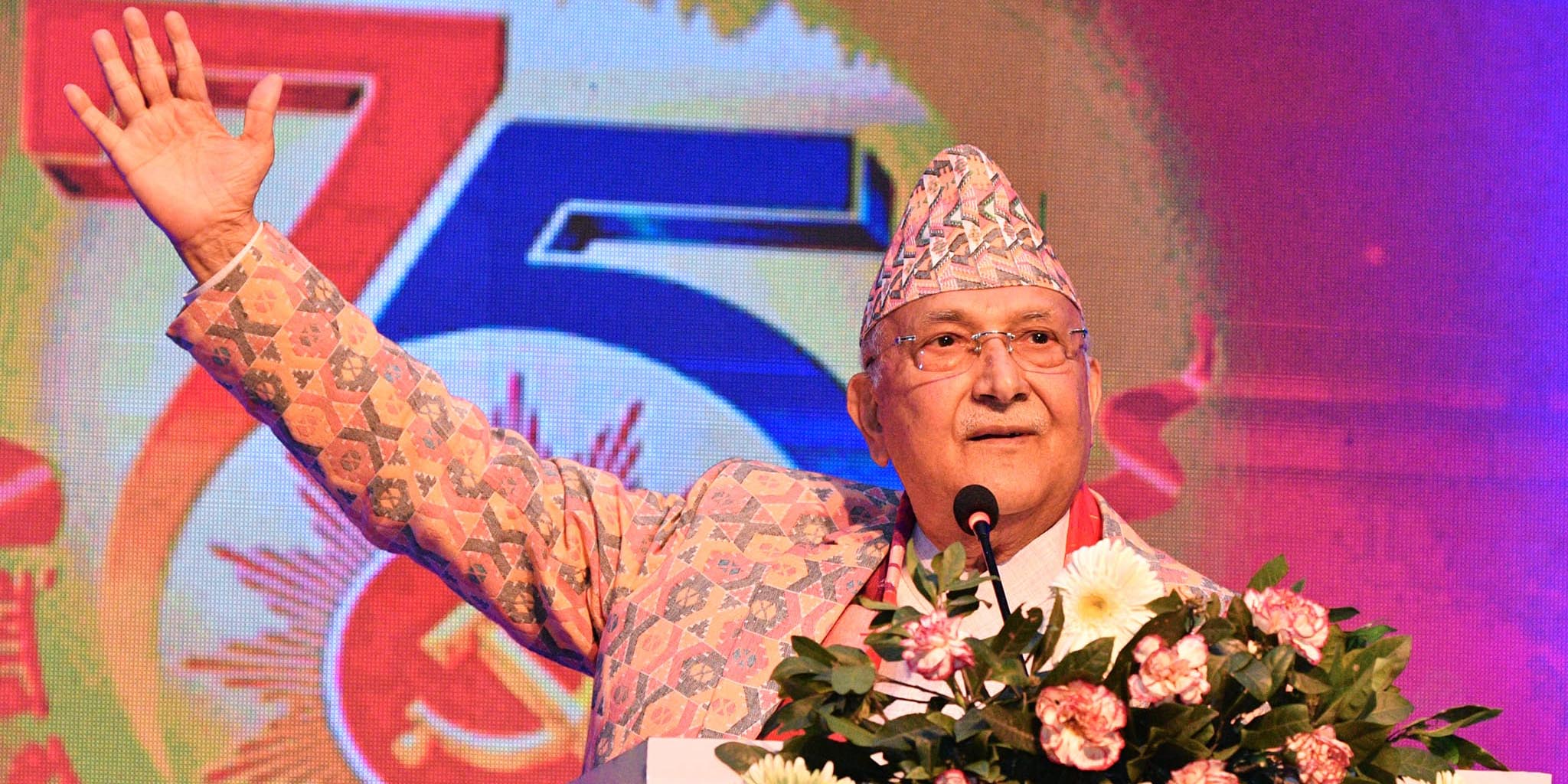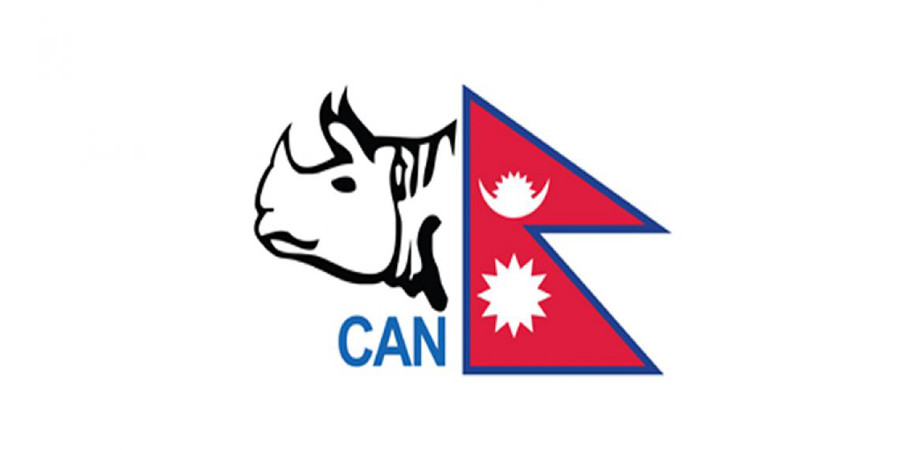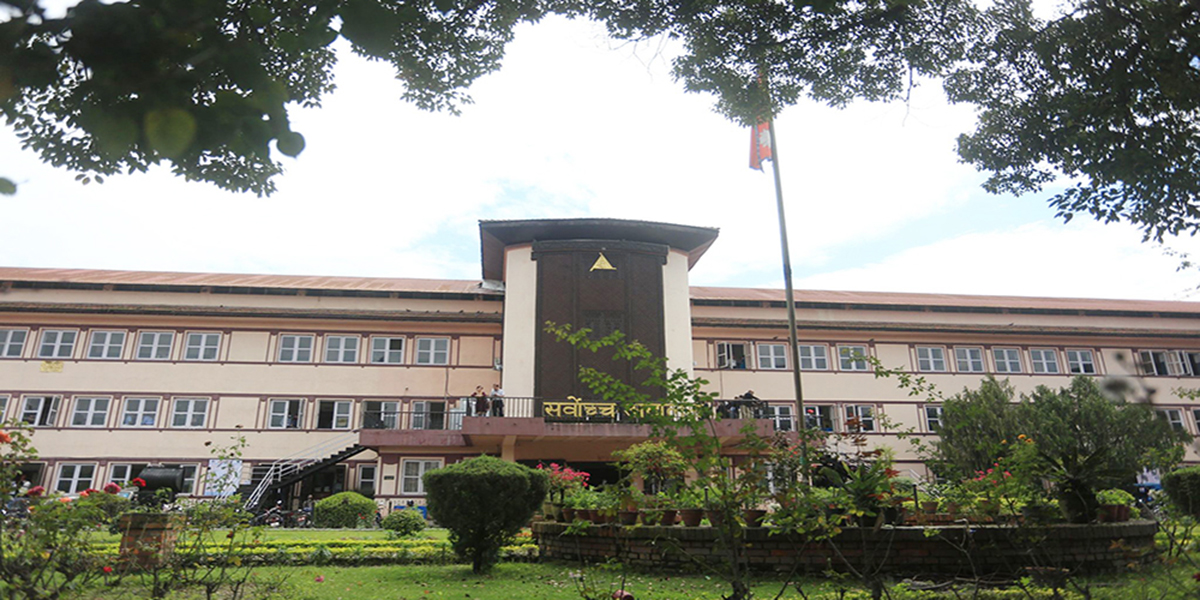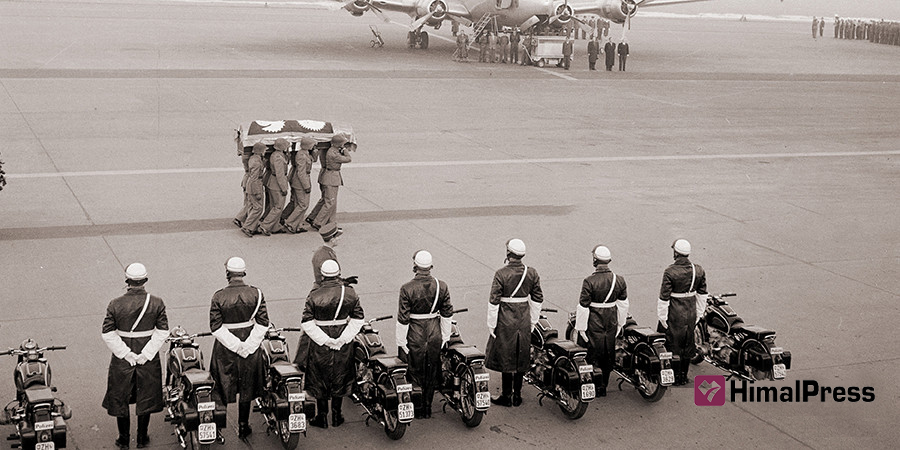
KATHMANDU: King Tribhuvan is a popular figure among the Shah dynasty kings due to his significant role in ending the 104-year-long tyrannical Rana rule in Nepal. He abdicated his throne and took refuge in India to put pressure on the Rana ruler, contributing to the eventual overthrow of the Rana regime. He passed away at the young age of 49.
On March 13, 1955, King Tribhuvan passed away at Zurich Canton Hospital. He had traveled to Zurich for medical treatment via Bombay, Cairo, and Rome. He arrived in Zurich on November 6, 1954. This was the monarch’s second visit to Switzerland. He was accompanied by two queens, Kanti Rajya Laxmi Devi and Ishwari Rajya Laxmi Devi. (Evening Star, October 31 and November 7, 1954)
After receiving medical treatment in Zurich, King Tribhuvan traveled to France in January 1955 to recuperate. He stayed there until the first week of March, but his health deteriorated rapidly. he was then rushed back to Zurich on March 8. Since it was not possible to use the railway service, he was driven to Zurich in an ambulance. Unfortunately, King Tribhuvan passed away four days later on March 13 at Zurich Canton Hospital due to a heart attack. His two queens were with him in the hospital but were unable to reach his bedside when the king breathed his last. The queens deeply regretted not being able to be with the king when he passed away. (Evening Star, March 15, 1955).
While recuperating in Nice, France, King Tribhuvan had, on February 11, 1955, authorized Crown Prince Mahendra to look after state affairs. One day after King Tribhuvan’s death, King Mahendra ascended the throne at Hanumandhoka Palce at 4:15 pm on March 14.
While recuperating in Nice, France, King Tribhuvan had, on February 11, 1955, authorized Crown Prince Mahendra to look after state affairs.
King Tribhuvan’s youngest son, Prince Basundhara, and his wife, Helen, traveled to Zurich to bring the body back to Nepal. On March 17, the body was taken to Zurich Airport where a unit of the Swiss Army offered a guard of honor. The coffin, draped in the Nepali flag, was carried onto the plane by Swiss Army personnel. A Douglas DC-4 aircraft of Swissair then flew the coffin and the members of the Nepali royal family to Palam Airport in New Delhi. (Freiburger , March 18, 1955)
The Swissair flight landed at Palam Airport at 8 am on March 18, where an aircraft of the Indian Air Force was on standby to fly the coffin to Kathmandu. Additionally, another aircraft sent by the Nepal government was on standby to fly other members of the entourage to Kathmandu.
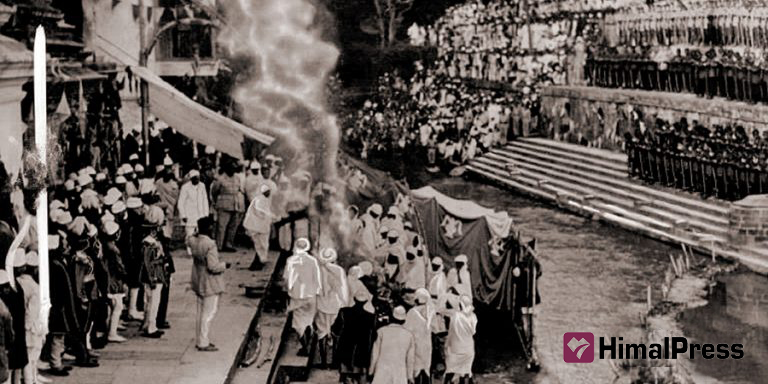
The Information Department under the Government of India issued a notice to the media fraternity about the arrival of King Tribhuvan’s coffin at Delhi airport. Six Indian Army generals carried the coffin and placed it in a military jeep. The jeep then carried the body to the Indian Air Force aircraft located about 250 meters away. Indian Prime Minister Jawaharlal Nehru had also reached the airport to pay his final respects to the king. In a video released by Reuters, he can be seen draping the coffin with an Indian flag.
However, according to an article published by Indian writer Acharya Chatursen in “Dharm Aur Paap” (Good Deeds and Sin), Nehru had draped the coffin with flags of both Nepal and India when the army was performing a guard of honor.
The Deputy Military Secretary paid tribute to King Tribhuvan on behalf of the President and Vice President of India, while federal ministers, the Chief Minister of Delhi, and the heads of the army, air force, and navy, as well as members of parliament and the diplomatic community, were also present at the airport.
Chief of Army Staff Kiran Shumsher Rana was the first to offer tribute to the body on behalf of the new King Mahendra.
Nepal’s ambassador to India, Mahendra Bikram Shah, returned to Kathmandu with an entourage. The planes landed at Kathmandu airport at around 12:20 pm, where a large number of Nepalis had gathered to pay their respects. Brahmins removed the coffin from the aircraft and the army unit deployed at the airport offered a guard of honor. A cannon salute was also offered to the late King.
Chief of Army Staff Kiran Shumsher Rana was the first to offer tribute to the body on behalf of the new King Mahendra. Special envoy of the President of India, Major General Yadunath Singh, the British ambassador, the Indian ambassador, the French consul, members of the delegation of the Indian government, ministers of Nepal, the King and Crown Prince of Mustang, and high-ranking government officials also paid their last tributes at the airport.
The body was then transported to the cremation center on the banks of the Bagmati River in Pashupatinath. The body was carried on the shoulders of the Brahmins, escorted by motorcycles of Nepal Police, military jeeps, and a military band. Princes Himalaya and Basundhara, as well as foreign dignitaries, followed behind the Brahmins. Prince Himalaya gave the funeral fire to King Tribhuvan. Tens of thousands of Nepalis participated in King Tribhuvan’s final journey. (Gorkhapatra, March 19, 1955)


